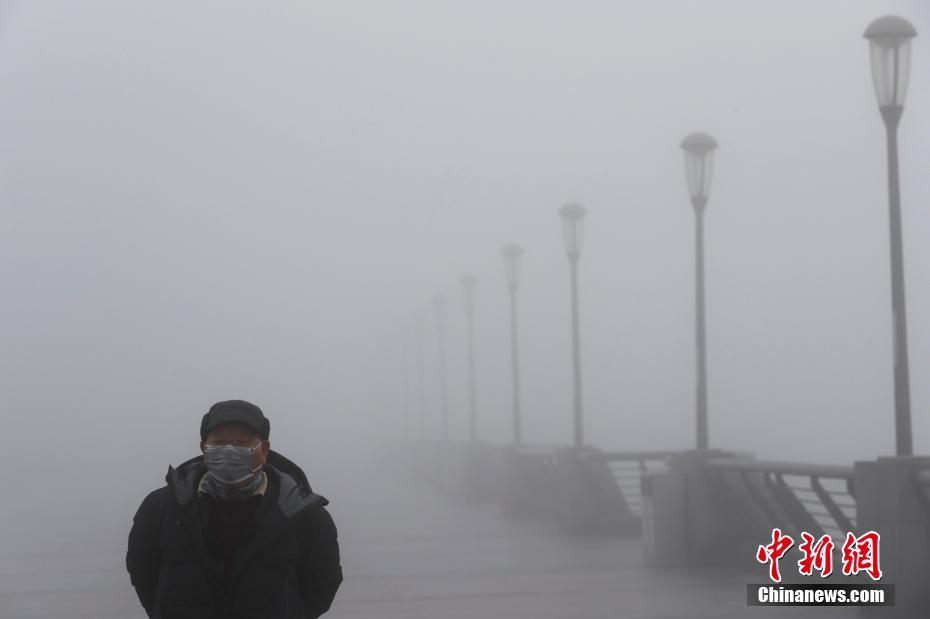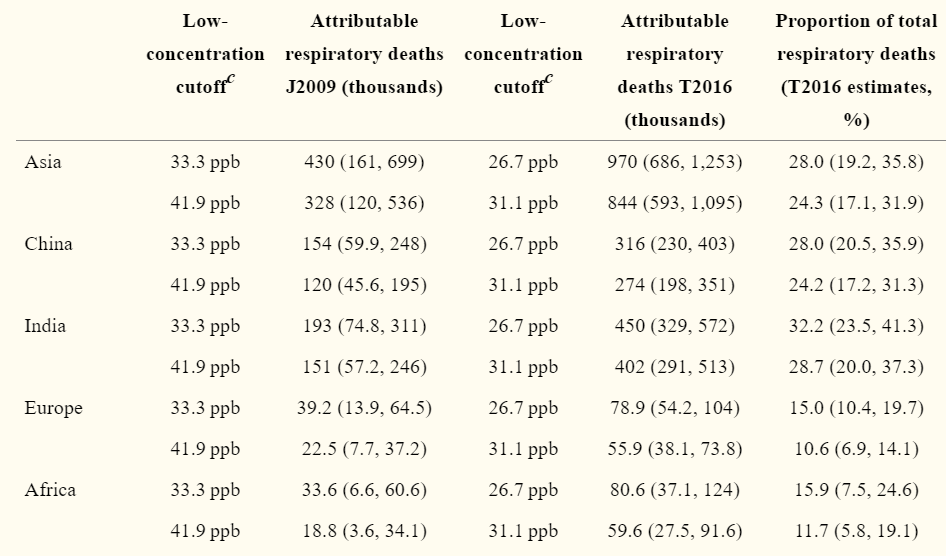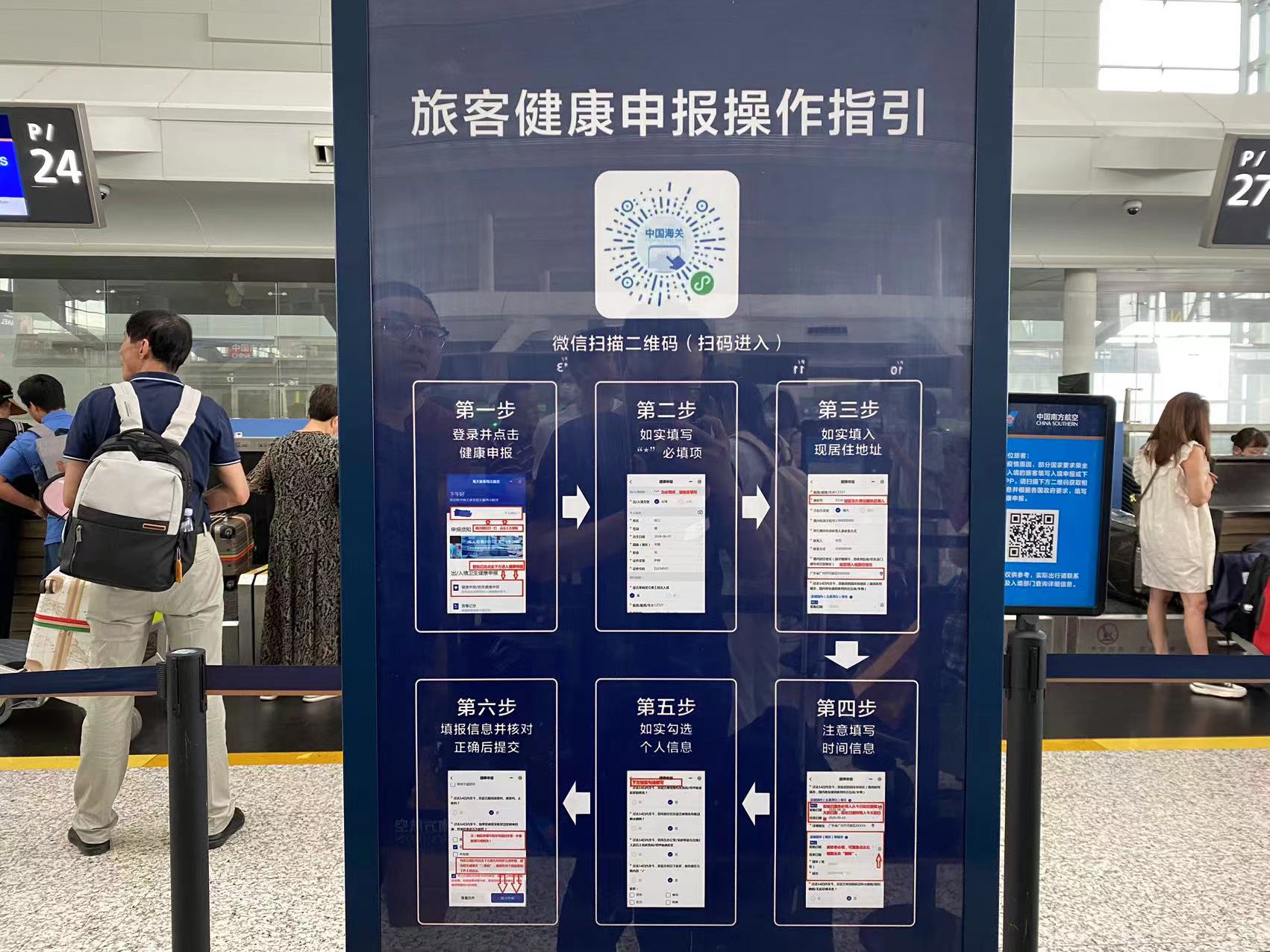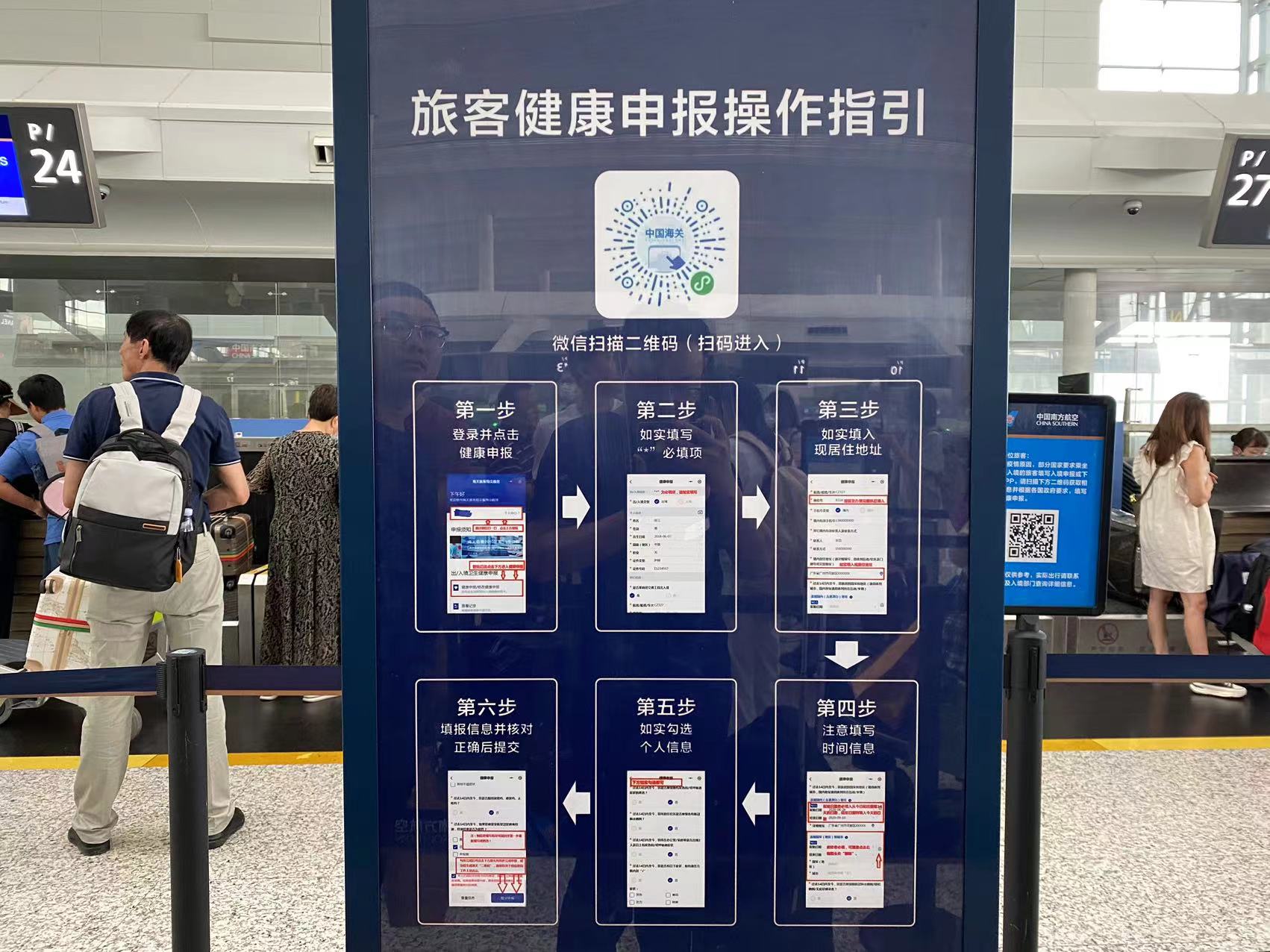Chinese health experts are sounding the alarm on ozone pollution, according to Sixth Tone, and warning that the problem needs to be addressed now or it will be “tough to handle in the future.”
If you live in China and haven’t heard of ozone pollution, you are not alone: ground-level ozone receives a lot less attention than the problem of fine particulate matter pollution – PM 2.5 and PM 10 – that is so well documented. While the word ozone itself may make you think of the ‘ozone layer’ – the concentrated, stratospheric layer of ozone that protects us from the Sun’s ultraviolet radiation – ozone can also exist down near the Earth’s surface, and it’s not good for people when it does.
“Once ozone gets into the human body, it causes considerable damage to the immune system and aggravates existing cardiovascular and respiratory problems,” Zhang Junfeng, a professor at China’s Regional Ozone Sino-US Collaborative Research Center at Duke Kunshan University, told Sixth Tone.
According to the United States Environmental Protection Agency, ground-level ozone pollution can make breathing difficult, cause shortness of breath, coughing and aggravate lung diseases, among numerous other negative effects. Basically, ozone sharing the same space as humans is not a good thing, and it turns out China has something of an ozone issue.
READ MORE: Pollution Linked to Fall in Intelligence, China Study Finds
The top global and regional estimates of adult respiratory deaths attributable to long-term ozone exposure. Chart via Environmental Health Perspectives
In 2016, according to a study published by Environmental Health Perspectives, 316,000 adults died in China as the result of respiratory issues related to long-term ozone exposure. To put this number in perspective, in every country outside of Asia, a combined 264,200 adults died in 2016 from ozone-related breathing problems. That year, China accounted for over 25 percent of the world’s total ozone-inflamed respiratory-related deaths.
READ MORE: Beat the Pollution with These Air Purifiers, On Sale Right Now
Man-made ozone pollution, according to How Stuff Works, is caused by “air pollution from internal combustion engines and power plants. Automobile exhaust and industrial emissions release a family of nitrogen oxide gases (NOx) and volatile organic compounds (VOC), by-products of burning gasoline and coal. NOx and VOC combine chemically with oxygen to form ozone during the sunny, high-temperature conditions of late spring, summer and early fall.”
The Sixth Tone report notes that while China’s efforts to tackle PM2.5 and PM10 pollution have been largely successful, efforts to combat ground-level ozone have been less forthcoming.
“Once ozone gets into the human body, it causes considerable damage to the immune system and aggravates existing cardiovascular and respiratory problems”
“The public is well-informed about how PM 2.5 causes heavy air pollution, and the authorities have put a lot of effort in recent years into bringing PM 2.5 and PM 10 under control,” said Zhang, according to Sixth Tone. “It’s obvious that these pollutants have fallen. But ozone pollution … doesn’t receive the same amount of attention, either from the public or from the government, because it’s far less visible in the first place.”
It has also been pointed out that China’s effort to drastically cut down PM 2.5 pollution has actually contributed to a rise in ground-level ozone. According to a paper recently released by researchers from Harvard University and Nanjing University of Information Science & Technology, the existence of PM 2.5 in the air prevents the chemical reactions that create ozone. As such, when PM 2.5 levels drop, ozone levels rise accordingly.
READ MORE: Tis The Season: 2 Masks to Keep You Breathing Safely in the Smog

A smoggy day somewhere in China. Image via Chinanews.com
While combating ozone pollution has previously been less of a priority, that might be changing. In China’s most recent three-year plan to combat air pollution, which was made public in July of last year, methods of combating ground-level ozone have been put to paper. Among the tactics, factories are being encouraged to fix installations that produce volatile organic compounds.
READ MORE: Air Pollution Linked to Increased Risk of Miscarriage, Scientists Find
[Cover image via Pixabay]























0 User Comments